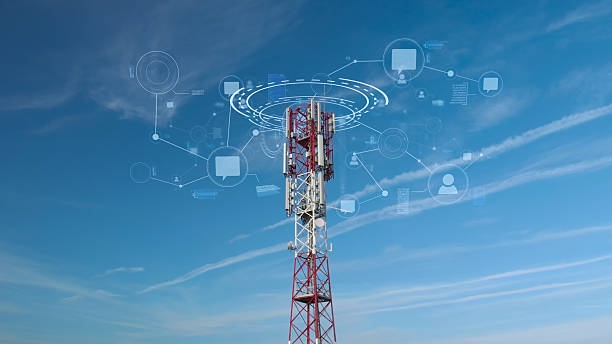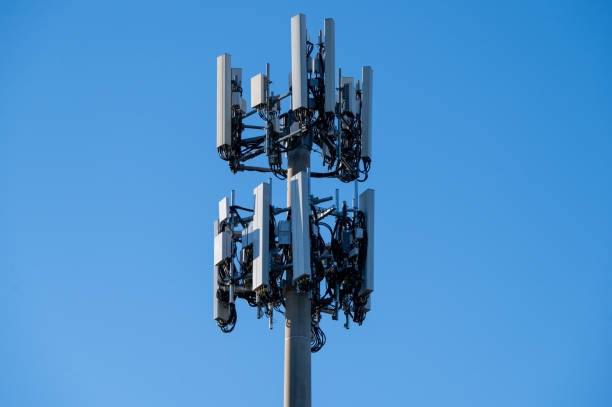
CDMA (Code Division Multiple Access) is widely used in mobile communications. The following are the main applications of CDMA technology in mobile systems.
3G mobile communication: CDMA2000 and WCDMA are third-generation mobile standards based on CDMA. They use CDMA to enable spectrum sharing among multiple users through encoding, decoding, and code multiplexing, allowing several users to transmit on the same frequency resources simultaneously and improving spectrum efficiency and system capacity.
4G/5G mobile communication: LTE (Long Term Evolution) and 5G NR (New Radio) have also incorporated CDMA-based techniques as part of their access technologies. In these systems, CDMA has been used to enable flexible allocation and scheduling of wireless resources, supporting more simultaneous users and aiming to increase system capacity and data rates.
Enhanced CDMA (CDMA2000 1xEV-DO): CDMA2000 1xEV-DO is a broadband data transport technology based on CDMA. It has been used to provide high-speed data services for mobile internet, video streaming, online gaming, and similar applications.
Global satellite communication systems: CDMA has also been applied in global satellite communication networks, such as Iridium and Globalstar. Using CDMA, these satellite networks can provide wide-area mobile coverage and support voice, data, and messaging services.
CDMA offers high spectral efficiency, strong interference resistance, and support for concurrent multiuser transmission, which have led to its widespread adoption in various mobile communication scenarios and have contributed to improved service quality for users.
CDMA network characteristics and advantages
- High spectral efficiency: CDMA networks use code-division multiplexing, where different users are distinguished by distinct spreading codes. This approach allows multiple users to transmit within the same frequency band simultaneously, increasing spectrum utilization. Compared with some other access technologies, CDMA can support more concurrent users.
- Strong interference resistance: CDMA spreads signals across the entire spectrum via randomized encoding and decoding techniques. As a result, CDMA signals are resilient to narrowband interference and can reduce the impact of other users or external interference on communication quality.
- Improved voice and data quality: CDMA networks employ forward error correction, automatic repeat request, and similar techniques to mitigate multipath fading and noise. These features reduce transmission error rates and provide more reliable voice and data services.
- Large system capacity: Because CDMA supports spectrum sharing and code-division multiplexing, multiple users can share the same frequency resources, resulting in relatively large system capacity. CDMA networks can accommodate more simultaneous connections while maintaining stable service.
- Wide coverage: CDMA signals can better overcome multipath fading and obstacles during propagation, giving CDMA networks an advantage in coverage range and enabling communication over longer distances.
 ALLPCB
ALLPCB







